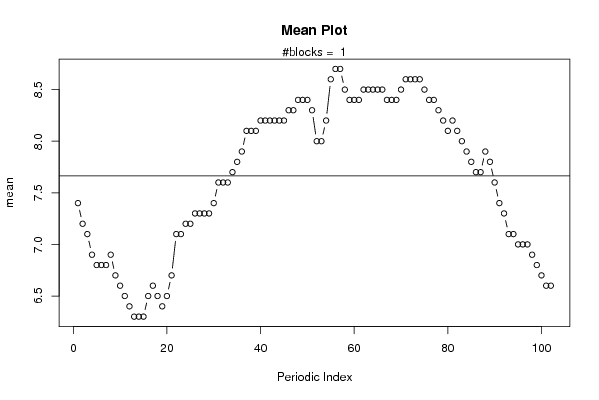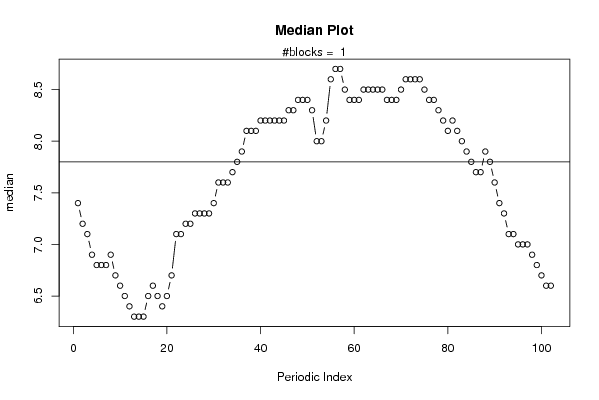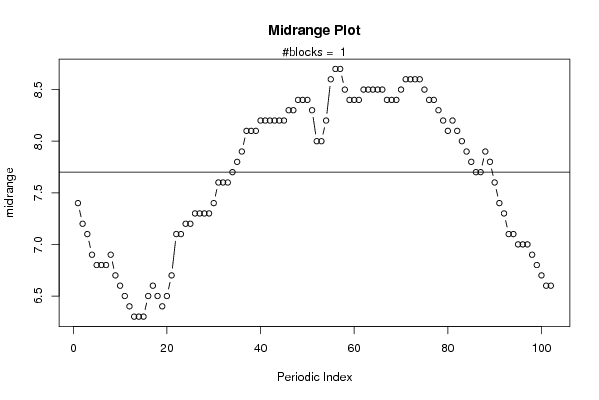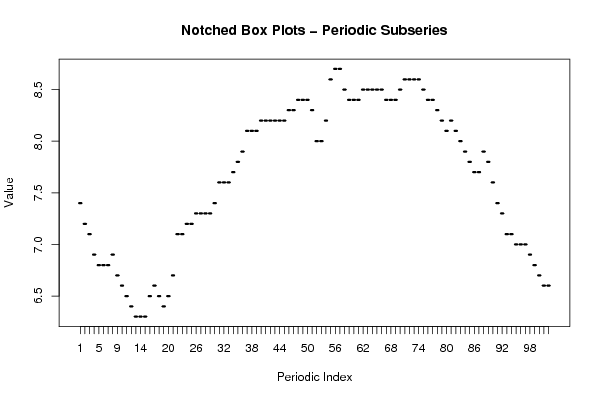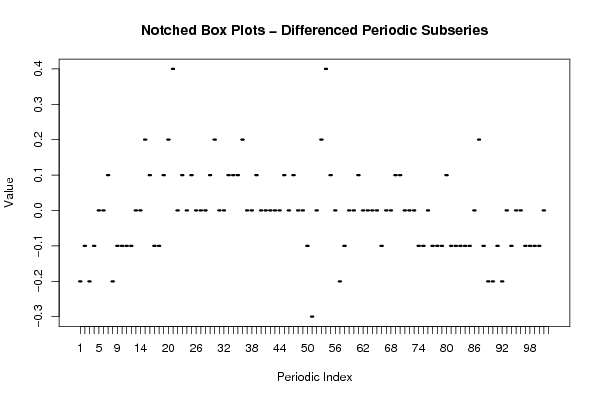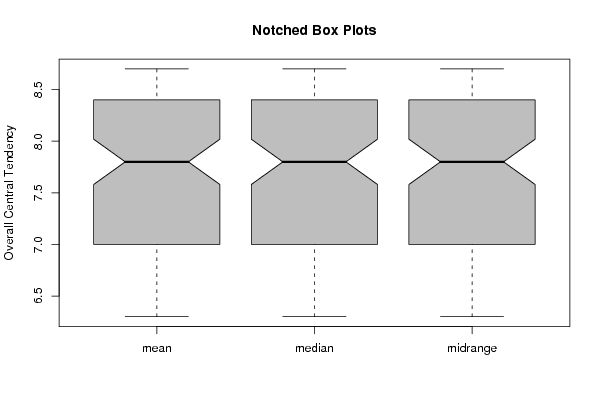Free Statistics
of Irreproducible Research!
Description of Statistical Computation | |||||||||||||||||||||
|---|---|---|---|---|---|---|---|---|---|---|---|---|---|---|---|---|---|---|---|---|---|
| Author's title | |||||||||||||||||||||
| Author | *The author of this computation has been verified* | ||||||||||||||||||||
| R Software Module | rwasp_meanplot.wasp | ||||||||||||||||||||
| Title produced by software | Mean Plot | ||||||||||||||||||||
| Date of computation | Fri, 31 Oct 2008 07:59:49 -0600 | ||||||||||||||||||||
| Cite this page as follows | Statistical Computations at FreeStatistics.org, Office for Research Development and Education, URL https://freestatistics.org/blog/index.php?v=date/2008/Oct/31/t1225461687ueb3xqwnrk3766u.htm/, Retrieved Sat, 18 May 2024 07:24:52 +0000 | ||||||||||||||||||||
| Statistical Computations at FreeStatistics.org, Office for Research Development and Education, URL https://freestatistics.org/blog/index.php?pk=20281, Retrieved Sat, 18 May 2024 07:24:52 +0000 | |||||||||||||||||||||
| QR Codes: | |||||||||||||||||||||
|
| |||||||||||||||||||||
| Original text written by user: | |||||||||||||||||||||
| IsPrivate? | No (this computation is public) | ||||||||||||||||||||
| User-defined keywords | |||||||||||||||||||||
| Estimated Impact | 168 | ||||||||||||||||||||
Tree of Dependent Computations | |||||||||||||||||||||
| Family? (F = Feedback message, R = changed R code, M = changed R Module, P = changed Parameters, D = changed Data) | |||||||||||||||||||||
| F [Mean Plot] [Hypothesis Testin...] [2008-10-31 13:59:49] [6797a1f4a60918966297e9d9220cabc2] [Current] - PD [Mean Plot] [blog werkzoekende...] [2008-11-06 14:47:45] [ed2ba3b6182103c15c0ab511ae4e6284] - PD [Mean Plot] [Verbetering Task 5] [2008-11-11 11:02:48] [299afd6311e4c20059ea2f05c8dd029d] - PD [Mean Plot] [asses] [2008-11-11 11:32:21] [74be16979710d4c4e7c6647856088456] - PD [Mean Plot] [verbetering hypot...] [2008-11-11 18:34:25] [063e4b67ad7d3a8a83eccec794cd5aa7] | |||||||||||||||||||||
| Feedback Forum | |||||||||||||||||||||
Post a new message | |||||||||||||||||||||
Dataset | |||||||||||||||||||||
| Dataseries X: | |||||||||||||||||||||
7,4 7,2 7,1 6,9 6,8 6,8 6,8 6,9 6,7 6,6 6,5 6,4 6,3 6,3 6,3 6,5 6,6 6,5 6,4 6,5 6,7 7,1 7,1 7,2 7,2 7,3 7,3 7,3 7,3 7,4 7,6 7,6 7,6 7,7 7,8 7,9 8,1 8,1 8,1 8,2 8,2 8,2 8,2 8,2 8,2 8,3 8,3 8,4 8,4 8,4 8,3 8 8 8,2 8,6 8,7 8,7 8,5 8,4 8,4 8,4 8,5 8,5 8,5 8,5 8,5 8,4 8,4 8,4 8,5 8,6 8,6 8,6 8,6 8,5 8,4 8,4 8,3 8,2 8,1 8,2 8,1 8 7,9 7,8 7,7 7,7 7,9 7,8 7,6 7,4 7,3 7,1 7,1 7 7 7 6,9 6,8 6,7 6,6 6,6 | |||||||||||||||||||||
Tables (Output of Computation) | |||||||||||||||||||||
| |||||||||||||||||||||
Figures (Output of Computation) | |||||||||||||||||||||
Input Parameters & R Code | |||||||||||||||||||||
| Parameters (Session): | |||||||||||||||||||||
| par1 = 102 ; | |||||||||||||||||||||
| Parameters (R input): | |||||||||||||||||||||
| par1 = 102 ; | |||||||||||||||||||||
| R code (references can be found in the software module): | |||||||||||||||||||||
par1 <- as.numeric(par1) | |||||||||||||||||||||
